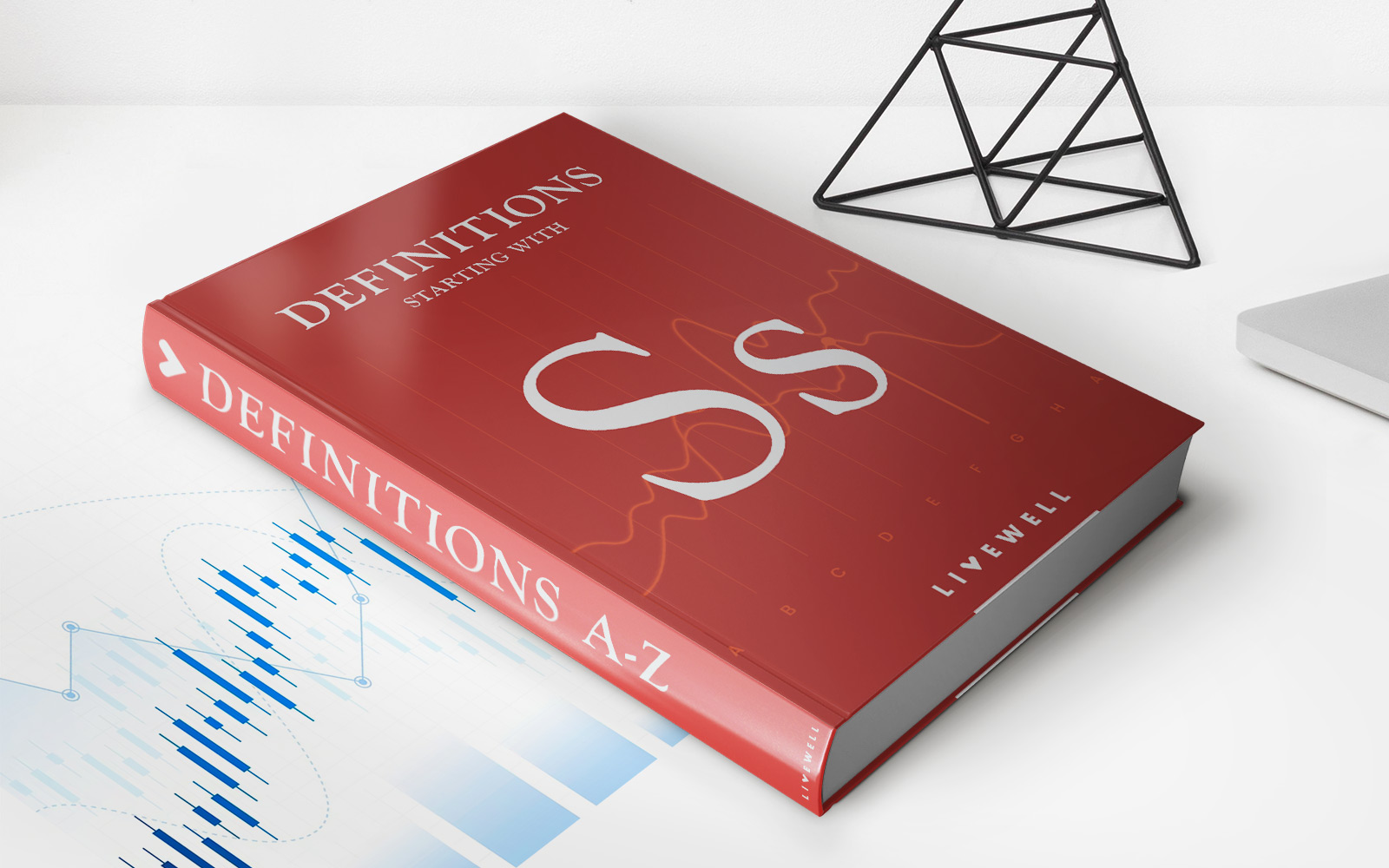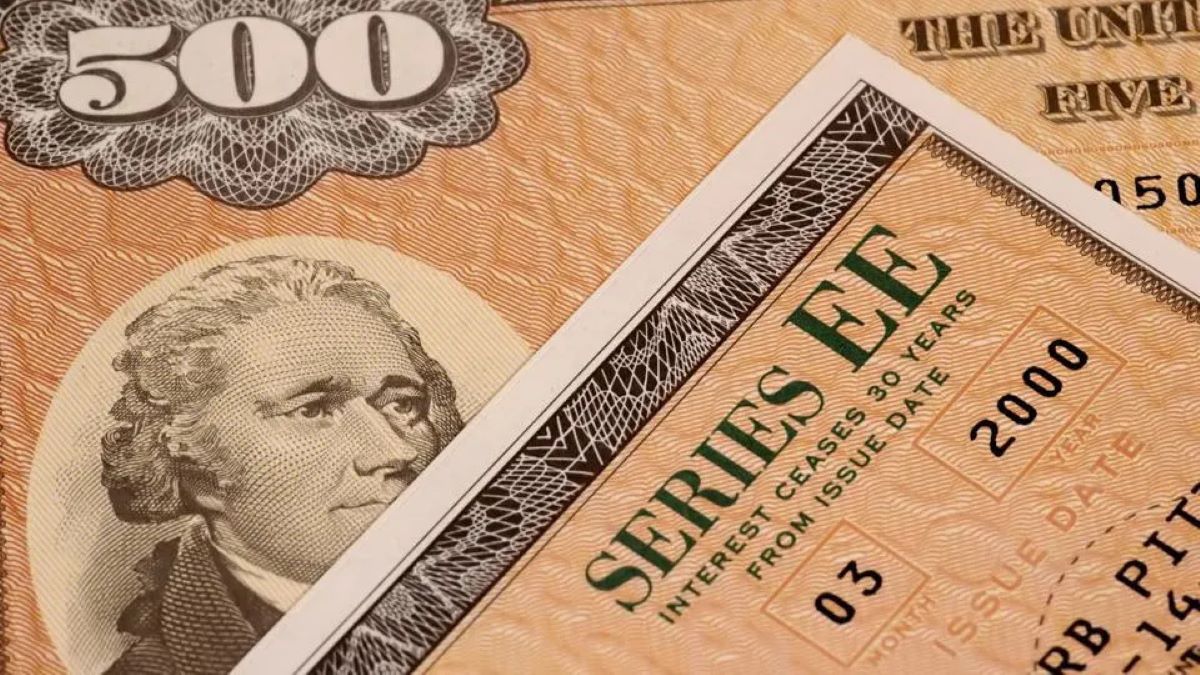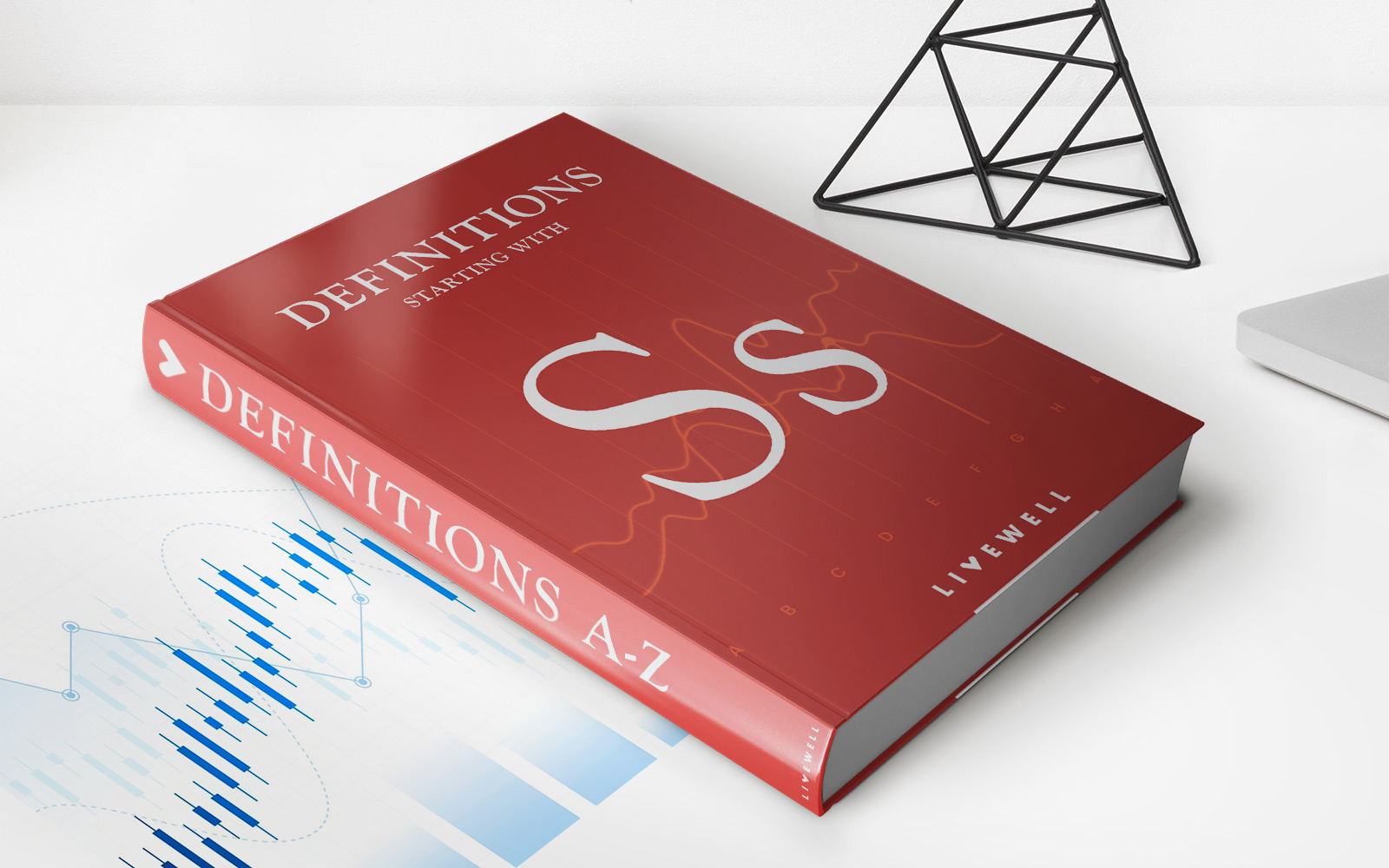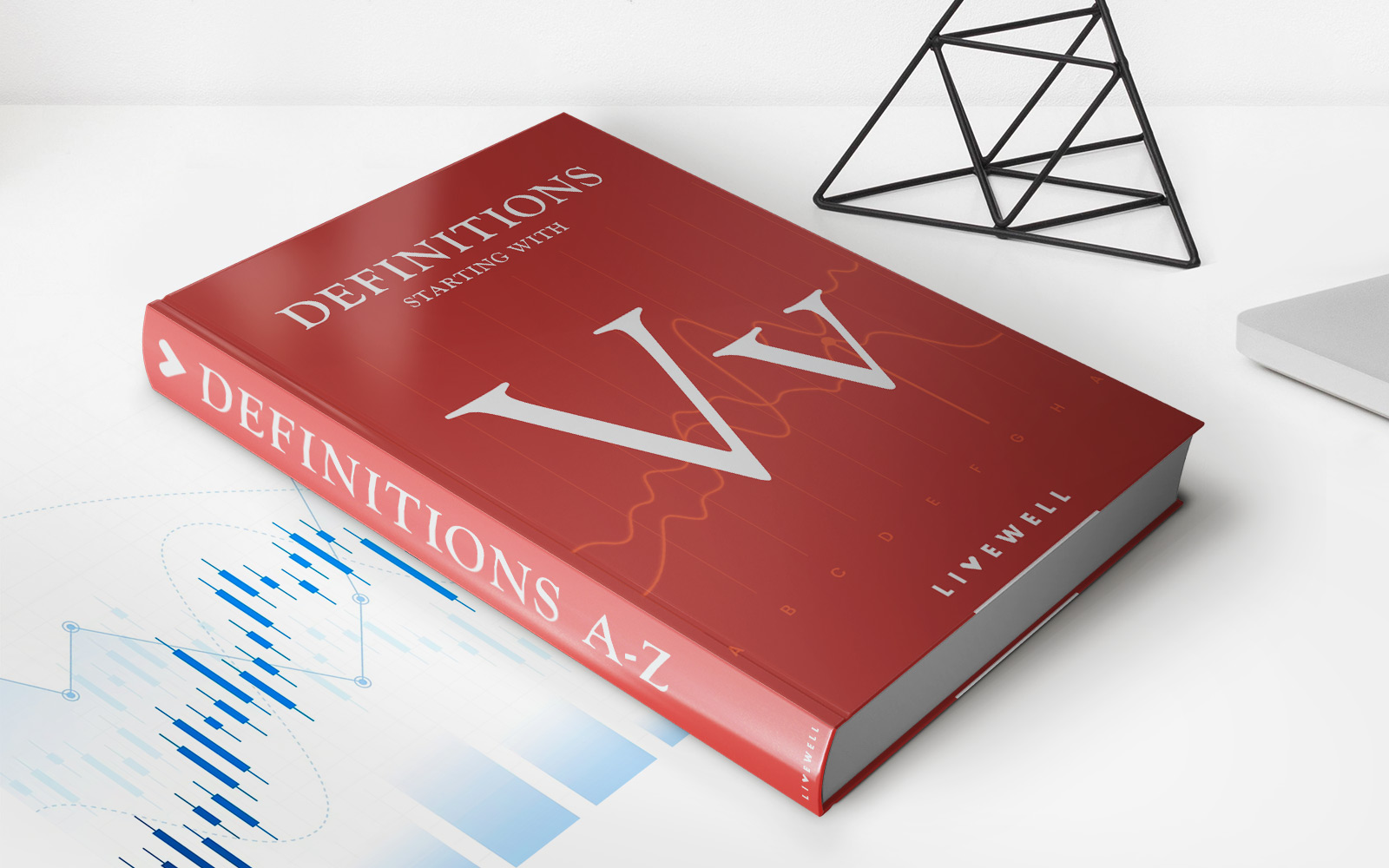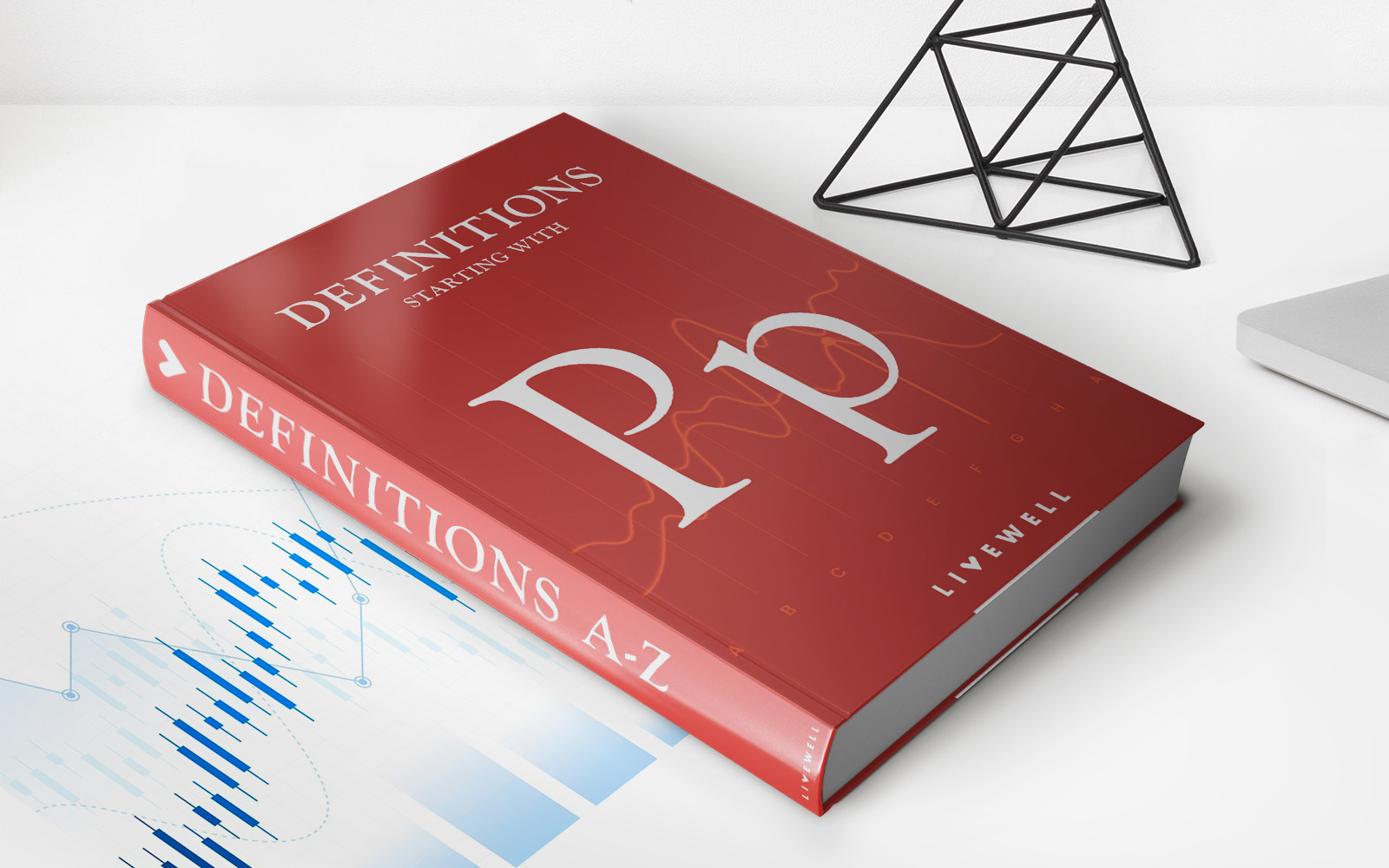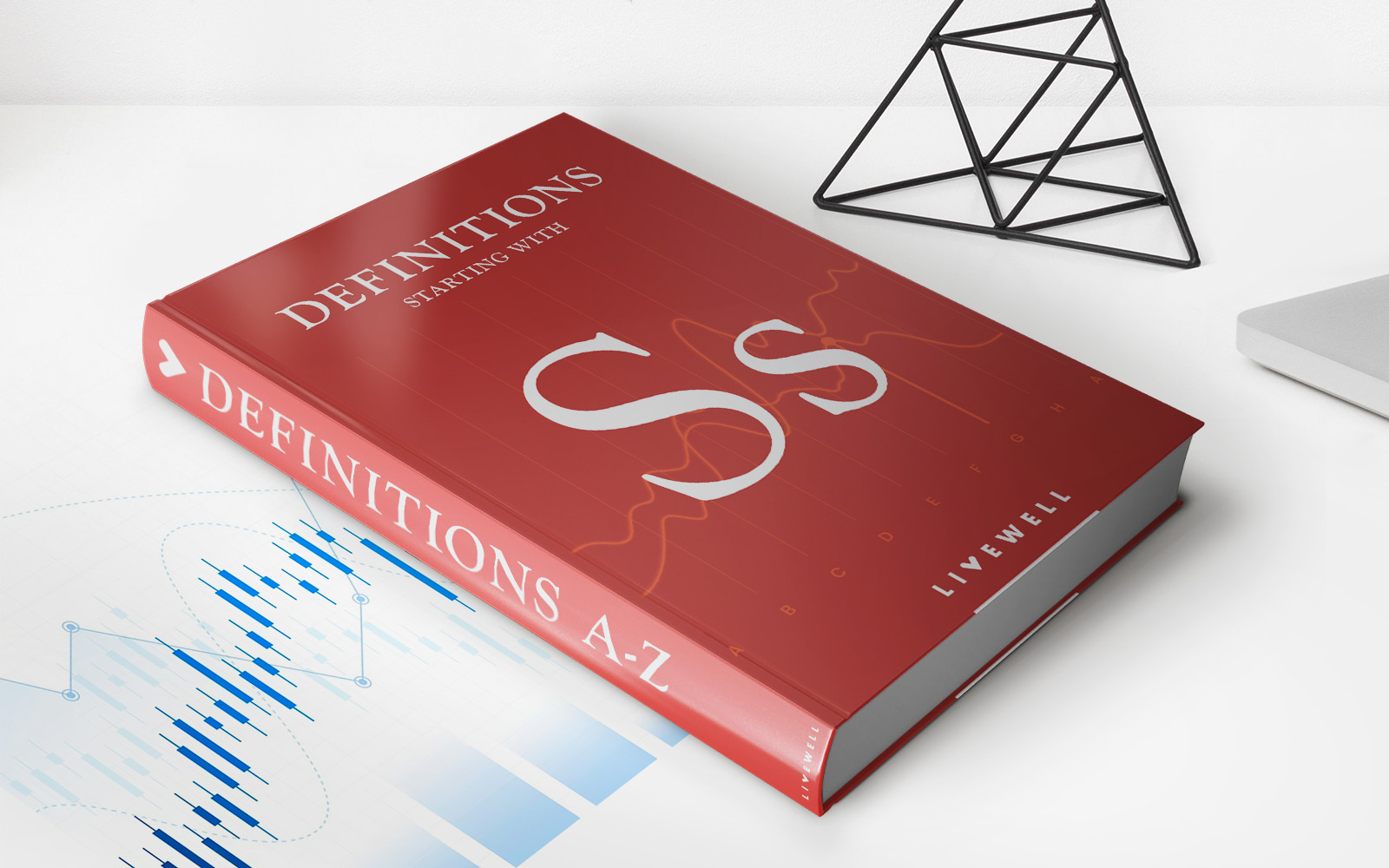

Finance
How Much Are My Series EE Savings Bonds Worth
Published: January 16, 2024
Discover the current value of your Series EE Savings Bonds. Find out if your investment has grown with our easy-to-use calculator. Finance your future today!
(Many of the links in this article redirect to a specific reviewed product. Your purchase of these products through affiliate links helps to generate commission for LiveWell, at no extra cost. Learn more)
Table of Contents
- Introduction
- Understanding Series EE Savings Bonds
- Factors Affecting the Value of Series EE Savings Bonds
- Calculating the Current Value of Series EE Savings Bonds
- How to Redeem Series EE Savings Bonds
- Tax Implications of Cashing in Series EE Savings Bonds
- Tips for Maximizing the Value of Series EE Savings Bonds
- Conclusion
Introduction
When it comes to saving for the future, it’s essential to explore different options that can help your money grow. One such option is investing in Series EE savings bonds. These bonds, issued by the U.S. Department of the Treasury, offer a safe and reliable way to put your money to work.
In this article, we will delve into the world of Series EE savings bonds and uncover their worth, factors affecting their value, how to calculate their current value, and redeem them. We will also discuss the tax implications of cashing in these bonds and provide some tips for maximizing their value.
Series EE savings bonds are considered one of the most beginner-friendly investment options. They are backed by the U.S. government and come with guaranteed returns. This makes them an attractive choice for individuals looking for low-risk investments.
One of the most significant advantages of Series EE savings bonds is their accessibility. You can easily purchase them online through the TreasuryDirect website or in paper form from financial institutions. Additionally, they have various denominations, ranging from $25 to $10,000, making them accessible to individuals with different budget levels.
Another appealing feature is that Series EE savings bonds have a fixed interest rate, which means you can accurately predict how much your investment will grow over time. These bonds have a maturity period of 20 years, at which point they reach their face value. However, they continue to earn interest for an additional 10 years, making them a long-term savings tool.
In the next sections, we will explore the factors that can impact the value of your Series EE savings bonds and how to calculate their current worth. We will also discuss the redemption process, the tax implications you should be aware of, and some tips to maximize the value of these bonds.
Understanding Series EE Savings Bonds
Before delving into the specifics of Series EE savings bonds, it’s important to have a clear understanding of what they are. Series EE savings bonds are a type of savings bond issued by the U.S. Department of the Treasury. They are designed to offer individuals a secure and low-risk investment option.
One key feature of Series EE savings bonds is that they are non-marketable, which means they cannot be bought or sold on the secondary market. Instead, they are held by individuals until they reach maturity. This makes them a long-term savings instrument that can be used to meet future financial goals.
One of the main attractions of Series EE savings bonds is their guaranteed return. When you purchase a bond, the interest rate is fixed and established at the time of purchase. This fixed rate ensures that your investment will grow steadily over time.
However, it’s important to note that Series EE savings bonds have a long-term maturity period. The bonds reach their face value after 20 years, which means that if you purchase a bond for $100, it will be worth $100 at that point. Additionally, the bonds continue to earn interest for an additional 10 years, making them a valuable long-term investment instrument.
Another feature of Series EE savings bonds is their tax advantages. The interest earned on these bonds is exempt from state and local taxes, and if used for qualifying higher education expenses, it may also be exempt from federal income tax. However, it’s essential to consult with a tax professional to ensure you meet the necessary criteria for these tax benefits.
Series EE savings bonds are available in two different forms: paper bonds and electronic bonds. Paper bonds are the traditional form and are typically purchased through financial institutions or received as gifts. Electronic bonds, on the other hand, are purchased online through the TreasuryDirect website and are held electronically in your account.
Overall, Series EE savings bonds offer individuals a safe and reliable way to save for the future. They provide a guaranteed return, have tax advantages, and are accessible to individuals with different budgets. In the next sections, we will explore the factors that can affect the value of these bonds and how to calculate their current worth.
Factors Affecting the Value of Series EE Savings Bonds
While Series EE savings bonds come with a fixed interest rate that guarantees a return on your investment, there are several factors that can impact the overall value of these bonds. Understanding these factors can help you make informed decisions and maximize the potential growth of your investment.
1. Interest rate: The interest rate at the time of purchase is a crucial factor in determining the value of Series EE savings bonds. The rate is fixed for the entire lifespan of the bond and remains constant regardless of changes in the market or economy. Higher interest rates at the time of purchase translate into higher returns on your investment.
2. Time to maturity: The length of time remaining until the bond reaches its face value can impact the value of Series EE savings bonds. As the bond approaches maturity, its value will increase, gradually reaching its face value after 20 years. Therefore, the longer you hold onto the bond, the more it will appreciate.
3. Inflation rate: Inflation can erode the purchasing power of your investment over time. While Series EE savings bonds are designed to be protected against inflation, the fixed interest rate may not keep pace with rising inflation rates. This means that the real return on your investment may be lower in times of high inflation.
4. Penalties for early withdrawal: If you redeem your Series EE savings bonds before the minimum holding period of five years, you may face penalties. These penalties can vary depending on the duration of bond holding and the amount of interest earned. It’s important to consider these penalties before deciding to cash in your bonds.
5. Tax implications: The tax treatment of Series EE savings bonds can impact their overall value. While the interest earned on these bonds is subject to federal income tax, it may be tax-free if used for qualifying higher education expenses. Understanding the tax implications can help you assess the after-tax return on your investment.
It’s important to note that despite these factors, Series EE savings bonds are still considered a low-risk investment option. The government guarantees the return on these bonds, making them a secure choice for investors.
By considering these factors and monitoring changes in interest rates and inflation, you can make informed decisions about when to purchase Series EE savings bonds and when to redeem them. In the next section, we will explore how to calculate the current value of Series EE savings bonds.
Calculating the Current Value of Series EE Savings Bonds
Knowing how to calculate the current value of your Series EE savings bonds is crucial for understanding their worth and making informed financial decisions. The value of these bonds can fluctuate due to changes in interest rates and the length of time they have been held. Here’s how you can calculate their current value:
1. Determine the bond’s original purchase price: The original purchase price is the amount you paid when you acquired the Series EE savings bond.
2. Determine the bond’s face value: The face value is the value that the bond will reach upon maturity, which is typically after 20 years.
3. Determine the interest rate: The interest rate is fixed at the time of purchase and remains the same throughout the bond’s lifespan.
4. Identify the bond’s age: Calculate the number of months the bond has been held since its issue date.
5. Calculate the bond’s interest: Multiply the original purchase price by the interest rate to determine the bond’s annual interest.
6. Determine the bond’s current value: To calculate the current value, you need to determine the bond’s value as of the present date. This calculation takes into account the accumulated interest and the remaining time until maturity.
It’s important to note that the U.S. Department of the Treasury offers an online savings bond calculator, which simplifies the process of calculating the current value of Series EE savings bonds. Using this tool, you can easily input the necessary information, such as the bond’s serial number and issue date, to get an accurate estimation of its current worth.
Remember that the value of Series EE savings bonds will continue to increase until they reach maturity after 20 years. However, after this point, the bonds will no longer accrue interest. Therefore, it’s important to consider the overall investment strategy and financial goals when determining whether to continue holding the bonds or redeem them.
In the next section, we will explore the process of redeeming Series EE savings bonds and how to optimize their value.
How to Redeem Series EE Savings Bonds
If you’re ready to cash in your Series EE savings bonds, the process is relatively straightforward. Here’s a step-by-step guide on how to redeem your bonds:
1. Determine the bond’s maturity date: Before redeeming your Series EE savings bonds, it’s important to check the maturity date. After the bonds reach maturity, they stop earning interest, so it’s wise to redeem them at that point.
2. Gather the necessary documents: To redeem your Series EE savings bonds, you will need to provide specific documentation. This typically includes your identification, such as a valid government-issued ID, and the bonds themselves.
3. Visit a financial institution: To cash in your Series EE savings bonds, you can visit a financial institution such as a bank or credit union. Make sure to call ahead and confirm that they offer redemption services for savings bonds.
4. Complete the redemption form: Once you’re at the financial institution, you will need to complete a redemption form. This form will ask for details about the bonds, such as the serial numbers and issue dates.
5. Receive the funds: After submitting the redemption form and providing the necessary documents, the financial institution will process your request and provide you with the funds. You can choose to receive the money in the form of a check or have it deposited directly into your bank account.
Alternatively, you can also redeem your Series EE savings bonds online through the TreasuryDirect website. This option offers convenience and allows you to manage your bonds electronically. You will need to have an account on the TreasuryDirect website and follow the instructions provided to redeem your bonds.
It’s important to note that depending on the amount and the financial institution’s policies, the funds may not be immediately available. It’s recommended to inquire about any hold periods or processing timelines to ensure you have a clear understanding of when you can access the funds.
Lastly, keep in mind that redeeming Series EE savings bonds before they reach maturity may result in the loss of some interest. Therefore, it’s wise to carefully consider your financial situation and goals before deciding to cash in your bonds.
In the next section, we will discuss the tax implications of cashing in Series EE savings bonds.
Tax Implications of Cashing in Series EE Savings Bonds
When it comes to cashing in your Series EE savings bonds, it’s essential to understand the tax implications involved. While these bonds offer tax advantages in certain situations, there are important factors to consider. Here’s an overview of the tax implications of cashing in Series EE savings bonds:
1. Federal income tax: The interest earned on Series EE savings bonds is subject to federal income tax. This means that when you redeem your bonds, you will need to report the interest income on your federal tax return for the year of redemption.
2. State and local taxes: Unlike federal income tax, the interest earned on Series EE savings bonds is generally exempt from state and local income taxes. However, it’s crucial to consult your state or local tax authority to confirm whether any specific tax exemptions or exclusions apply.
3. Education tax benefits: One of the significant tax advantages of cashing in Series EE savings bonds is the potential for qualifying for education tax benefits. If you use the proceeds from the bonds for qualified higher education expenses, such as tuition and fees, you may be able to exclude the interest income from federal income tax.
4. Tax penalties for non-qualified expenses: If you redeem your Series EE savings bonds and use the funds for non-qualified expenses, such as personal expenses or non-educational purposes, the interest income may be subject to federal income tax. Additionally, you may owe penalties and interest on the taxable portion of the redemption.
It’s crucial to keep thorough records of your Series EE savings bond transactions and the usage of the funds. This documentation will help you accurately report the interest income and determine whether you qualify for any tax benefits.
When it comes to reporting the interest income on your federal tax return, you will receive a Form 1099-INT from the institution where you redeemed your Series EE savings bonds. This form provides information about the interest income you earned and should be used when filing your tax return.
It’s important to consult with a tax professional or utilize tax software to ensure you accurately report the interest income and take advantage of any eligible tax benefits. They can provide guidance specific to your individual tax situation and ensure compliance with tax laws and regulations.
Now that we’ve discussed the tax implications of cashing in Series EE savings bonds, in the next section, we will provide some tips for maximizing the value of these bonds.
Tips for Maximizing the Value of Series EE Savings Bonds
Series EE savings bonds can be a valuable addition to your investment portfolio, providing a safe and reliable way to save for the future. To maximize the value of your Series EE savings bonds, consider the following tips:
1. Hold the bonds until maturity: Series EE savings bonds continue to earn interest for up to 30 years. To maximize your return, it’s beneficial to hold onto the bonds until they reach full maturity after 20 years. This allows you to take full advantage of the compounding interest.
2. Keep track of maturity dates: It’s essential to stay informed about the maturity dates of your Series EE savings bonds. Not redeeming them when they reach maturity means you may miss out on potential growth. Set reminders or utilize online tools to track the maturity dates and make timely decisions.
3. Utilize tax benefits for education expenses: If you’re planning to use the proceeds from your Series EE savings bonds for qualified higher education expenses, such as tuition and fees, make sure to take advantage of the education tax benefits. By excluding the interest income from federal income tax, you can maximize the overall value of your investment.
4. Consider redeeming before retirement: If you’re approaching retirement, it may be worth redeeming your Series EE savings bonds before retirement as part of your financial planning. This allows you to have more immediate access to the funds and potentially use them for other retirement investments or expenses.
5. Consider other investment options: While Series EE savings bonds provide a secure investment option, it’s also important to consider diversifying your portfolio. Explore other investment avenues, such as stocks, mutual funds, or real estate, to potentially earn higher returns and increase your overall wealth.
6. Keep an eye on interest rates: Interest rates can impact the value of your Series EE savings bonds. If you notice that current interest rates are significantly higher than the rate on your bonds, it may be worth considering purchasing new bonds with the higher rate or exploring other investment opportunities.
7. Consult with a financial advisor: If you’re unsure about the best strategies to maximize the value of your Series EE savings bonds, consider consulting with a financial advisor. They can assess your financial goals, risk tolerance, and timeline to provide personalized advice and guidance.
By following these tips, you can ensure that your Series EE savings bonds maximize their potential value and align with your financial objectives. Remember to regularly review your investment portfolio and adjust your strategy as needed to stay on track towards reaching your financial goals.
Now that we’ve covered tips for maximizing the value of Series EE savings bonds, let’s conclude our exploration of these investment instruments.
Conclusion
Series EE savings bonds offer individuals a safe and reliable way to save for the future. With their guaranteed return, accessibility, and tax advantages, they present an attractive investment option for those seeking low-risk investments.
In this article, we discussed the fundamentals of Series EE savings bonds, including their features and benefits. We explored factors that can affect the value of these bonds, such as interest rates and time to maturity. Additionally, we provided guidance on how to calculate the current value of Series EE savings bonds and highlighted the importance of understanding the tax implications when cashing them in.
We also offered tips for maximizing the value of Series EE savings bonds, such as holding onto them until maturity, utilizing tax benefits for education expenses, and considering other investment options to diversify your portfolio. Consulting with a financial advisor can provide personalized guidance based on your financial situation and goals.
Whether you’re saving for a specific goal, funding education expenses, or planning for retirement, Series EE savings bonds can be a valuable component of your overall financial strategy. These bonds provide stability, reliability, and excellent preservation of capital.
It’s important to regularly review your investment portfolio, staying informed about matured bonds, and capitalizing on opportunities to maximize your returns. By carefully monitoring interest rates and evaluating your financial goals, you can make informed decisions about purchasing, holding, and redeeming Series EE savings bonds.
Remember, while Series EE savings bonds are a safe and low-risk investment option, diversifying your investments across various asset classes is key to achieving long-term financial success. Consider exploring other investment avenues in conjunction with Series EE savings bonds to create a well-rounded investment portfolio.
In conclusion, Series EE savings bonds provide a secure and accessible way to save and grow your wealth. By understanding their features, tracking maturity dates, and implementing sound financial strategies, you can make the most of these bonds and work towards your financial goals.

